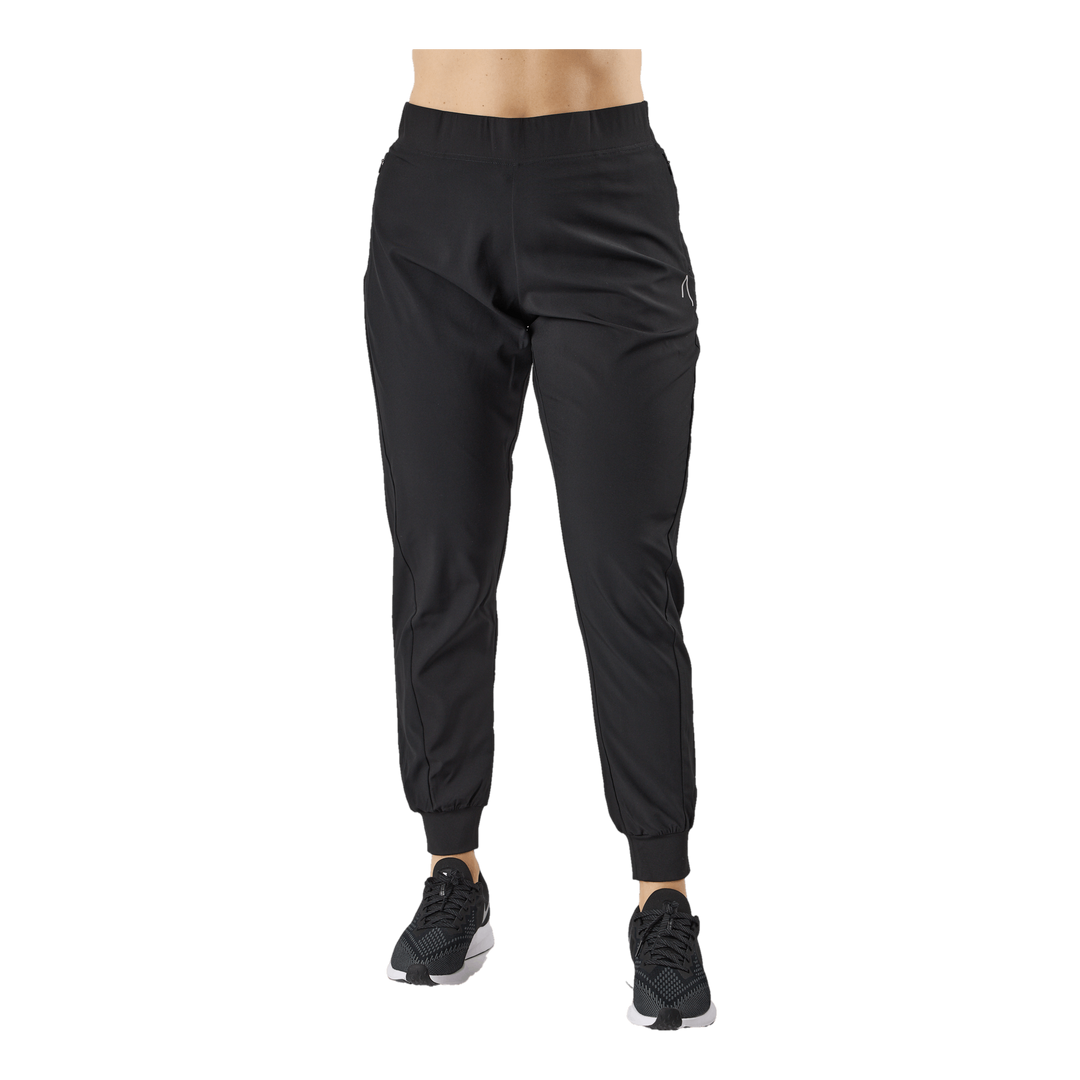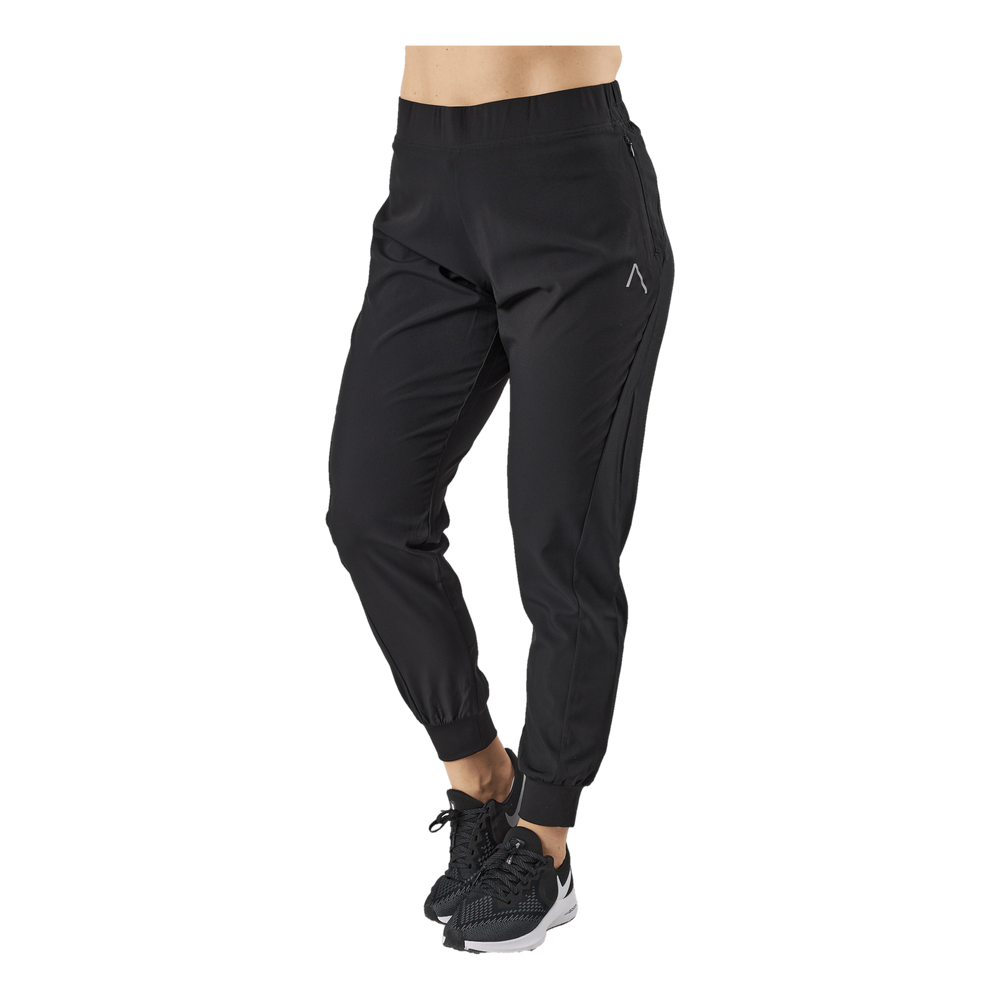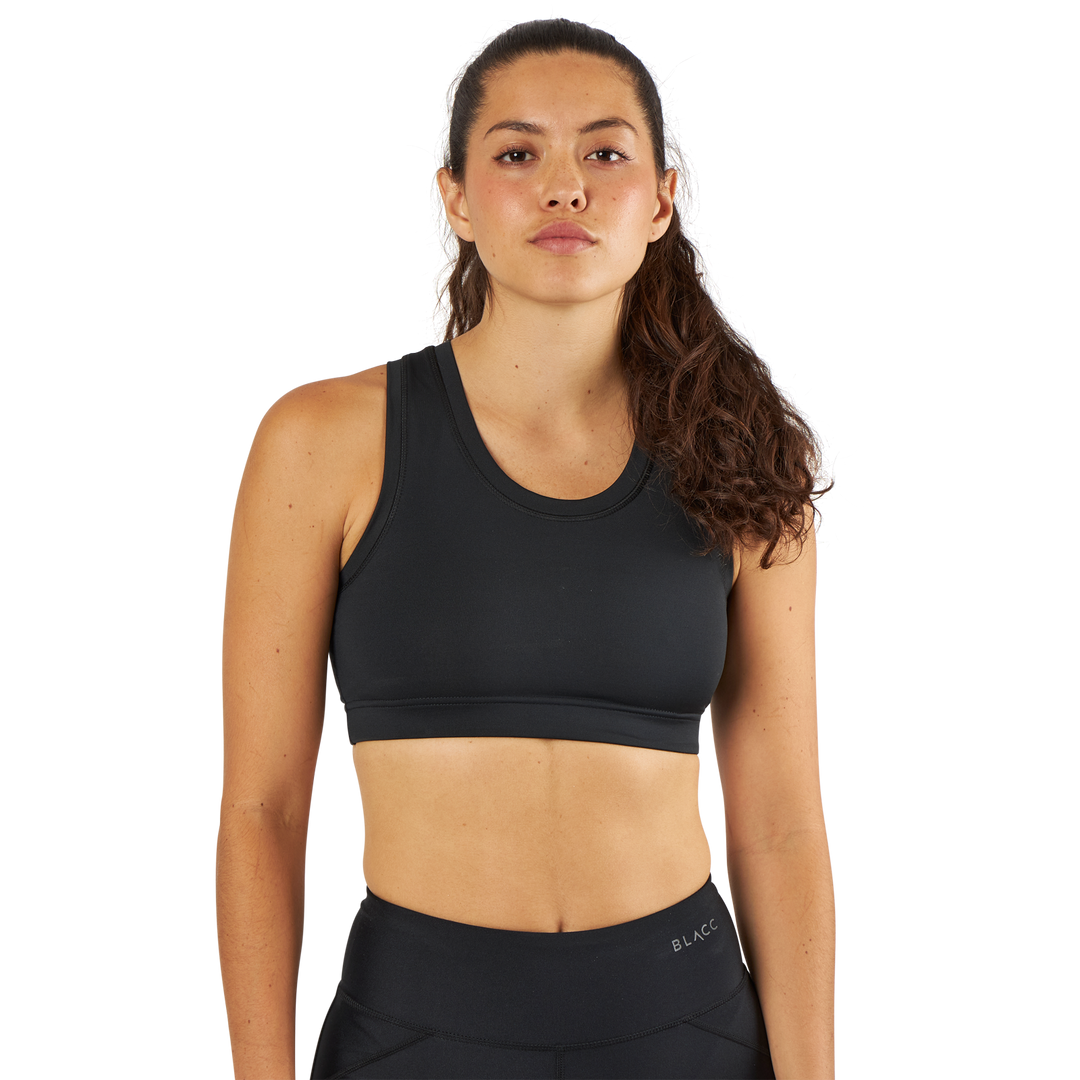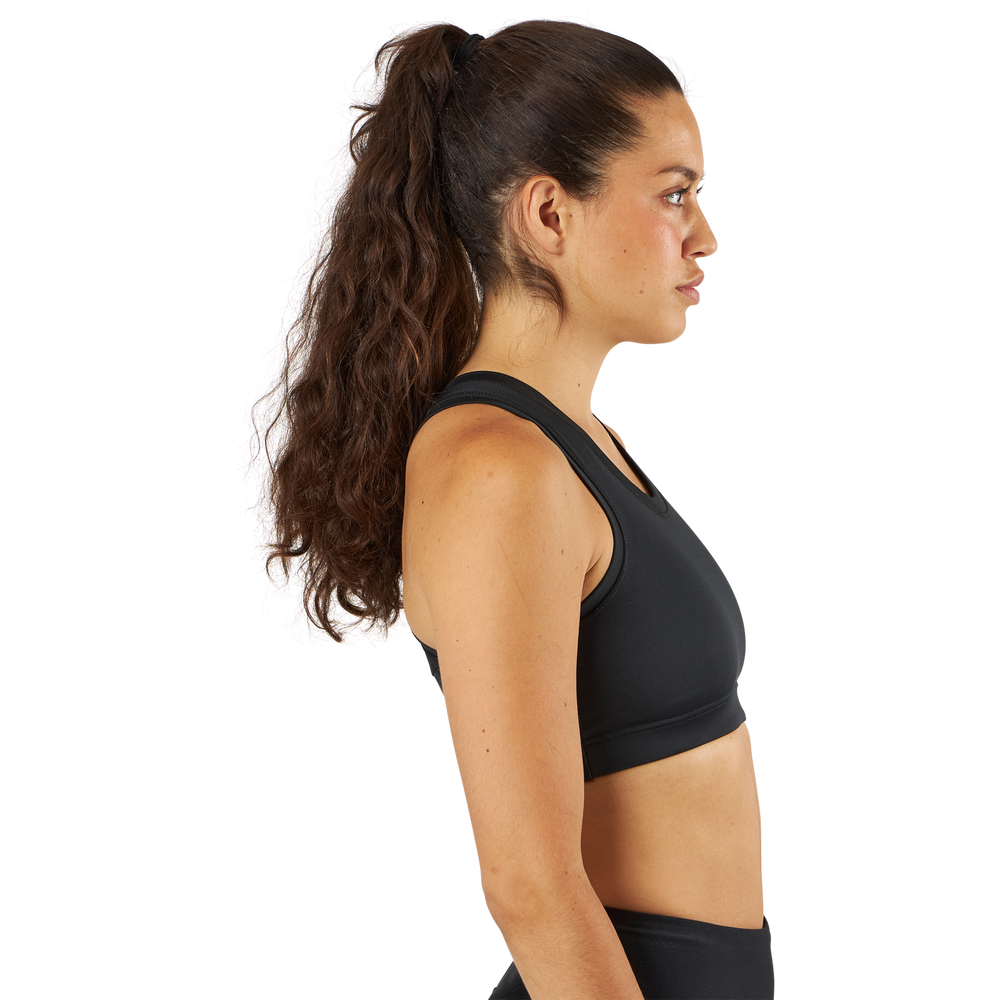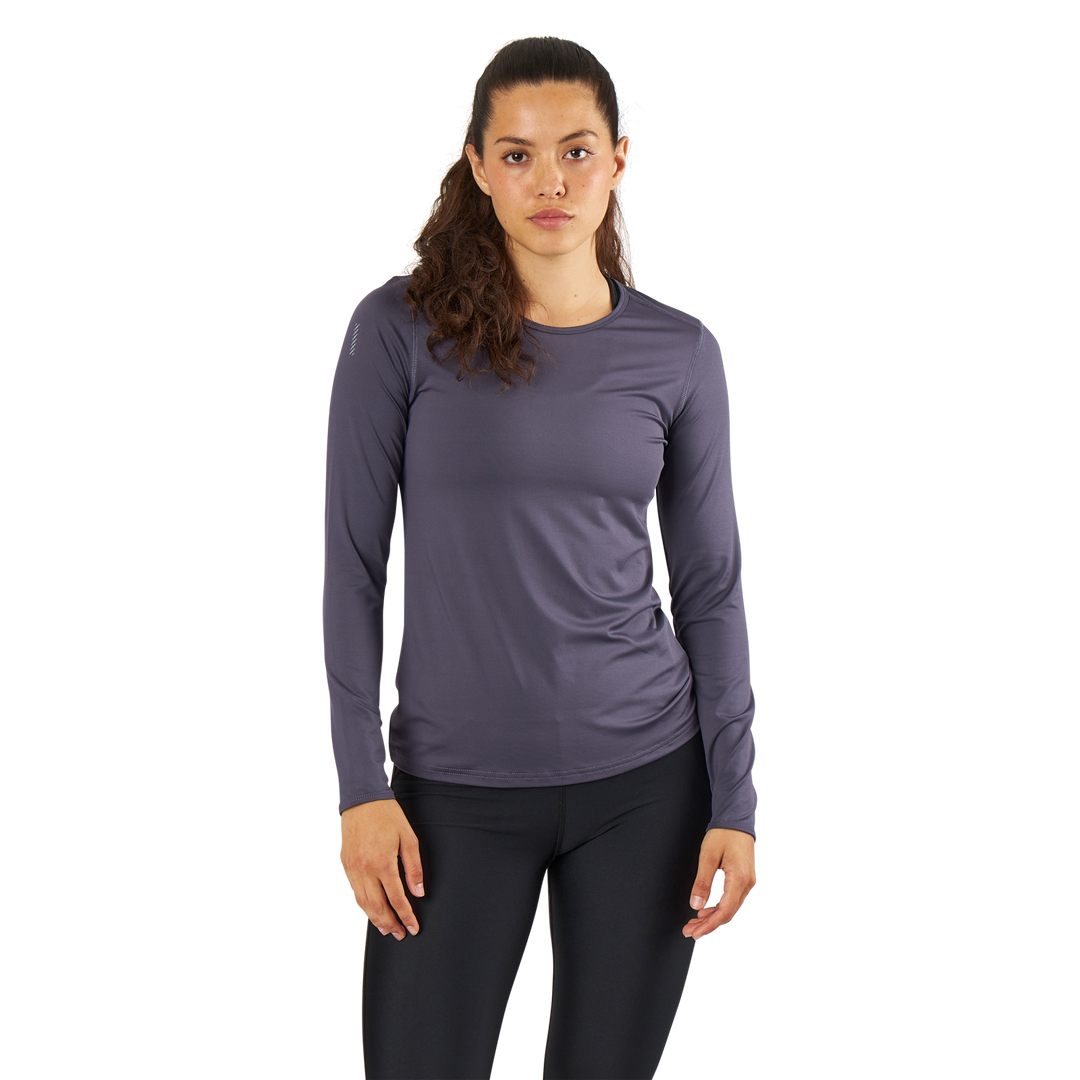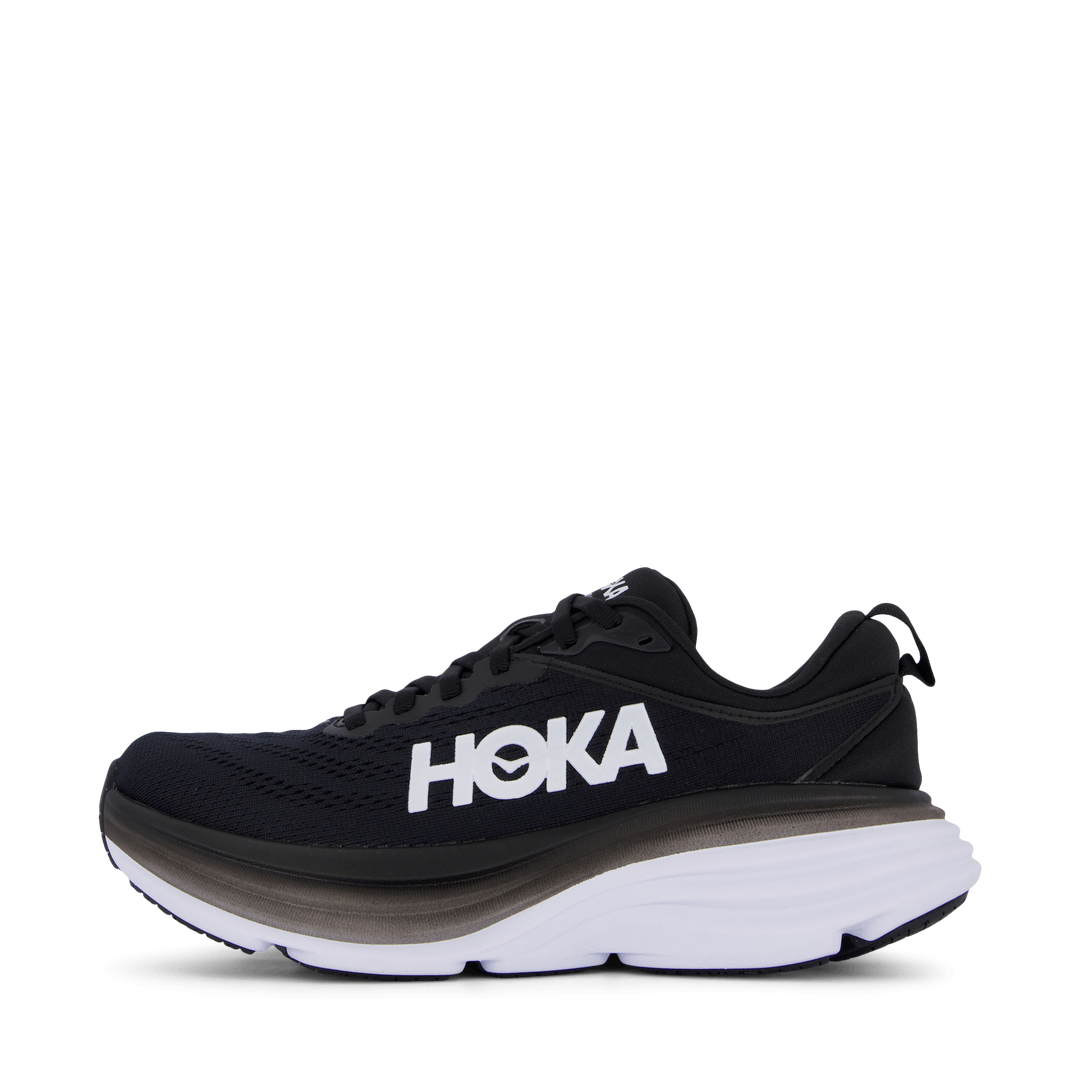
Running with a Weighted Vest: Boost Your Training and Maximize Results
Why Run with a Weighted Vest?
Running with a weighted vest can offer several benefits for your running training and overall fitness. By adding extra weight, you increase the resistance, forcing your body to work harder to maintain the same pace. This leads to several positive effects:
- Improved muscle strength and endurance
- Increased cardiovascular capacity
- Better running economy and efficiency
- Increased calorie burn
By regularly training with a weighted vest, you can boost your running performance and reach your fitness goals faster. However, it's important to introduce weighted vest training gradually and listen to your body to avoid injuries.
Choosing the Right Weighted Vest for Running
When choosing a weighted vest for running, there are a few important factors to consider:
Weight and Adjustability
Choose a vest where the weight can be adjusted according to your needs and training level. Start with a lower weight (5-10% of your body weight) and gradually increase as you get stronger.
Fit and Comfort
Ensure the vest fits snugly without restricting your mobility. It should be comfortable and not chafe or bounce too much when you run.
Material and Ventilation
Select a vest made of breathable material that allows air circulation. This helps regulate body temperature and reduces the risk of overheating.
Incorporating the Weighted Vest into Your Running Routine
Once you've chosen a suitable weighted vest, it's time to start using it in your running training. Here are some tips to get started:
- Begin with short sessions (10-15 minutes) and gradually increase duration and frequency.
- Use the vest every other or every third run to allow your body time to recover.
- Focus on maintaining good running form and posture, even with the added weight.
- Alternate weighted vest running with regular running for best results.
- Listen to your body and adjust the weight or intensity as needed.
Alternative Training Forms with a Weighted Vest
In addition to running, you can use the weighted vest for other training forms that can improve your overall fitness and strength. Some examples include:
- Power walking or hiking in hilly terrain
- Stair climbing or hill intervals
- Circuit training or CrossFit-inspired exercises
- Plyometric exercises like jumps and bounds
By varying your weighted vest training, you can challenge your body in new ways and avoid plateaus in your running routine.
Safety and Injury Prevention Measures
While running with a weighted vest can offer many benefits, it's important to take certain safety precautions to reduce the risk of injury:
- Always start with a light weight and increase gradually
- Ensure the vest fits properly and doesn't restrict your mobility
- Maintain good running form and posture
- Listen to your body and adjust the weight or intensity as needed
- Include adequate rest and recovery in your training plan
By following these guidelines, you can reap the benefits of weighted vest running while minimizing the risk of injury.
So put on your weighted vest, lace up your running shoes, and hit the trails! With the right mindset and progressive training, you'll soon experience how this simple piece of equipment can elevate your running to new heights. Who knows, you might just become as fast as a cheetah – but with the endurance of a tortoise!




